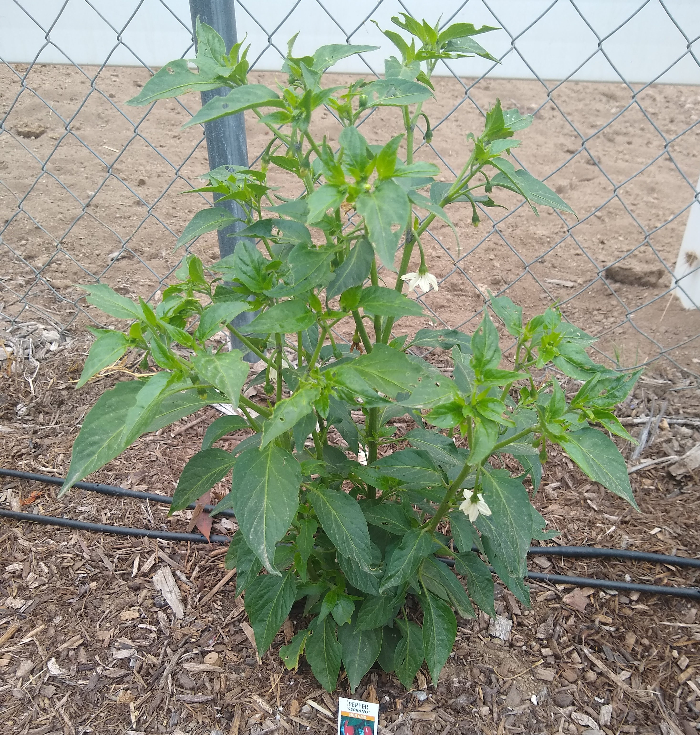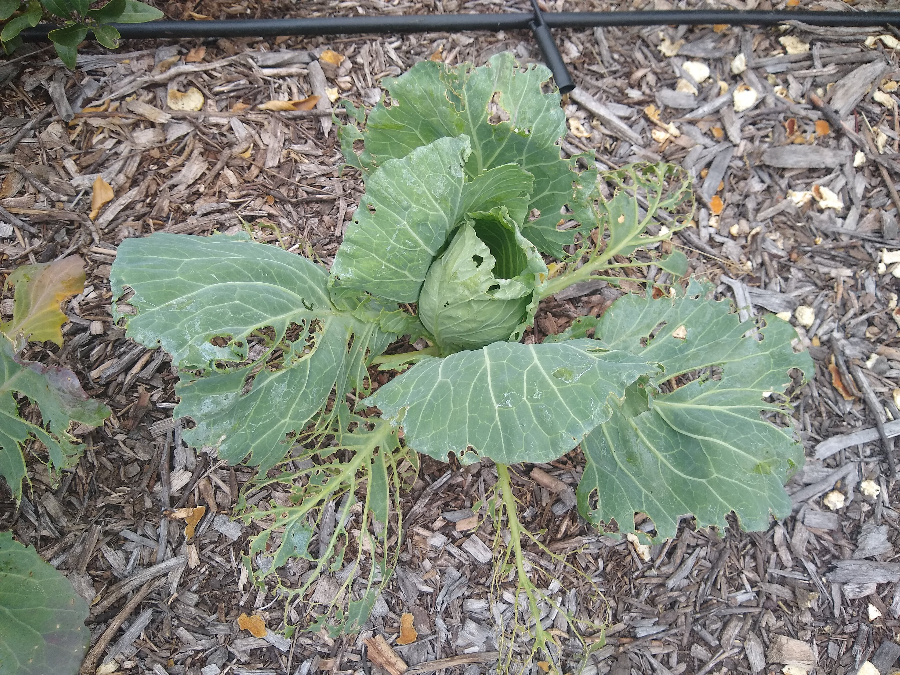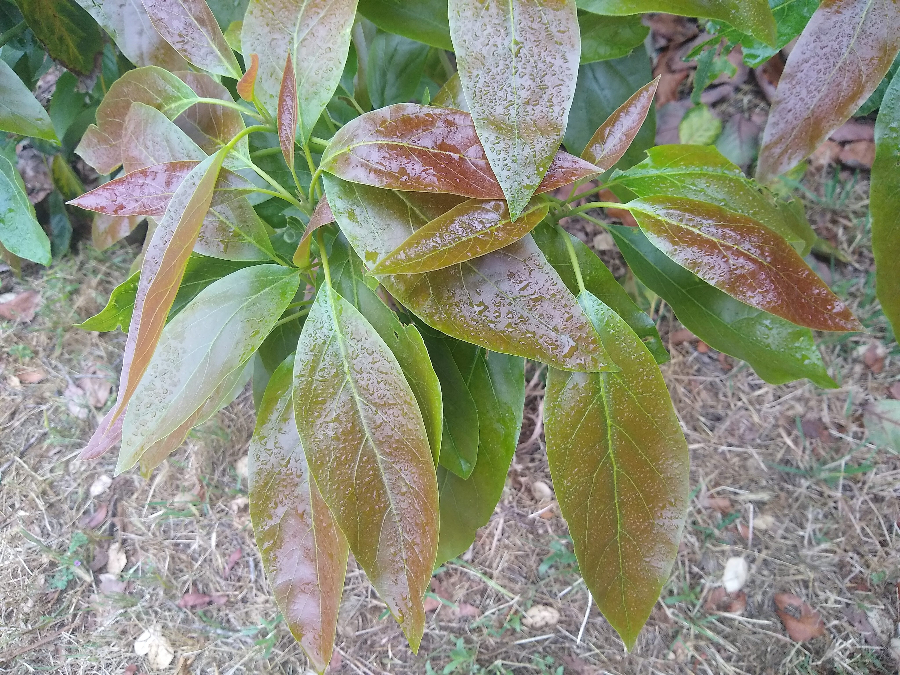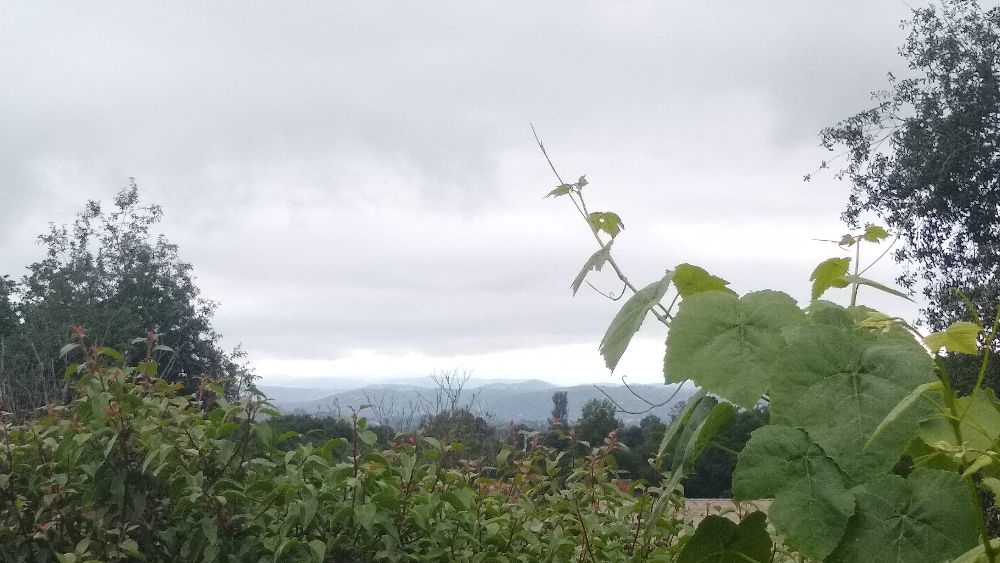My grandma is sick of the gloom. She’s ready to go somewhere to find the sun. She has lived her entire life in the Los Angeles area, and she wondered aloud the other day, “Can you remember a year that was this gloomy for so long?”
“Funny you say that because I had been wondering the same thing so a couple days ago I got out my calendars where I keep temperature records.”
I only have them going back through the spring of 2015, but over those past eight Mays there have been two similar years: 2016 and 2019.
In 2016, we had three minor warm-ups that May where the temperature peaked at 84, then 83, then 82 degrees during each of the warm spells.
In May of 2019, we also had three minor warm-ups. During those the temperature peaked at 78, then 79, and then 82 degrees.
How does this May of 2023 compare? This May had a single warm-up which reached 84 degrees on two days, and the warm spell lasted just over a week, near Mother’s Day. However, the warmer middle of the month was bookended by a week of highs in the 60’s and a rain on May 4, and another week at the end of the month that was full of marine layer drizzle with highs between 60 and 73 degrees.
The last day of May set a daily record for lowest high temperatures at 62 in my town of Ramona and 66 in Anaheim. On that day, I was in Glendora in Los Angeles County visiting my grandma. The morning started gray and misty, then became drizzly, and by late afternoon turned into actual rainfall such that she couldn’t take her dog on their normal evening walk.
Other Mays in the last eight years have been very different, with true heat waves reaching into the 90’s. Last year, one day in May reached 99 degrees at my place.
We can also distinguish the cool Mays of 2016, 2019, and 2023 by the average of their daily high temperatures. 2016 had an average daily high of 75, 2019 averaged 72.4, and this May of 2023 averaged 71.7. So I guess we did just have the grayest May in recent years.
The grayest May?
But in Southern California we call it May Gray not because of cool temperatures but because of persistent cloud coverage. The cool Pacific Ocean forms a layer of clouds that thickens at night and rolls over the land and recedes back over the ocean during the latter part of the day. Except this year it has done little receding. Even twenty miles inland at my place the marine layer has not burned off some days, and it has been present every single morning.
At the beach, it has been downright chilly most days. A couple of my friends who live within a mile of the ocean took a trip to Mexico during May and were eager to leave because they were tired of the relentless sweatshirt weather.
The National Weather Service reported measurements of solar radiation in Southern California for May of 2023, saying that it “indeed had the least amount of sunlight making it to the ground during the day of any year since 2000.”
Living inland, however, I’ve found this May Gray mostly welcome.
May Gray in the food garden
I’ve been watering plants, but it has felt less urgent because of the slow, cloudy mornings.
Most of my vegetables are not complaining about the weather either.

Although some are complaining about the earwigs, pill bugs, snails, and slugs chewing on their leaves. These pests were worse this May than in any other recent May in my yard.

All fruit trees appear pleased with May’s gray too. The one exception might be avocados.
“This is the latest avocado bloom I have ever seen,” one seasoned farmer in Carpinteria told me.
I still have many flowers open on varieties that are usually finished by the end of May, including Hass. And that’s a good thing because bee activity has been low. The fear is that pollination will be low since bees prefer to work during warmer temperatures, and flowers are also fertilized better when temperatures are in the 70’s.
Nevertheless, avocado foliage looks amazing. With respect to leaf growth, this gray May has been hospitable.

Will June be as gloomy?
As May was gray, will June be gloomy? No one knows beyond this first week of June, but the forecast through next week is for gloom indeed.
My location is predicted to have a marine layer every morning and the highest temperature will be 73. Sylmar is predicted to be in the high 70’s this weekend but back to foggy mornings every day next week with high temperatures at 75 or below. At Point Loma in San Diego, the marine layer is predicted to remain overhead almost all day every day, and the highest temperature will be only 64.
But valley people be on guard. While the beaches of Southern California almost never have a heat event in June, inland locations almost always do. June is the month with the most divergent weather in our region; it can be cloudy and breezy at the beach but triple digits twenty miles inland.
In fact, that’s what happened in 2019 after a gray May similar to this one. On June 10 and 11 it reached 100 degrees here in Ramona.
And in that similarly gray May of 2016, it rocketed to 100 degrees at my place on June 3. Again on June 19 and 20, it went up to 104 and 109.
Remember how long the days of June are (the longest of the year), and that a heat wave at this time literally lasts longer than at any other time of the year, which can result in extended damage.
But I’m cool with a gloomy June. I wouldn’t mind if summer weather didn’t arrive until July. My grandma? She will not approve.
All of my Yard Posts are listed HERE
I hope you find my Yard Posts helpful, and I appreciate your support so I can continue.




Hi Greg, I’ve noticed that the new Lamb avocado fruitlets now on my trees are about the same size last year’s crop was around April of last year — that is, they’re about a month and a half to two months behind in development. Are you seeing the same thing? What will this mean for next year’s harvest? Will the maturation date also be pushed out by two months?
All fruit seems to be delayed. I have avocados, blueberries, and Figs in the central valley. We started harvesting blueberries a full 3 weeks later than usual. Figs are also not close to being ready.
Hi Charles,
My avocado fruitset is also delayed but by less than yours. I don’t know what it will mean for harvest time next year, which will partly depend on how the weather is between now and then, but I would expect at least a little later harvest dates.
Greg, please ask your grandma if she wants to head to Mexico with me until July. 😁
#sun4ever
Missing the 🌞 in Thousand Oaks.
My gosh that made me laugh out loud!
Hi Greg,
I think the wonderful long lasting rains we received has given just about anything growing a burst of vitality. Maybe just the fact of leaching out of salts from the soil. I’m noticing more earth worms and bugs in general.
Our fave bean crop has been remarkable , but our tomatoes , peppers etc need a few more warm days to get up to speed. We have been consistently in the AM fog coming up from Pauma Valley , nice while it lasts.
VC Greg
Up here in Santa Barbara my tomatoes (many in 25-gallon pots) and other plants are doing remarkably well despite the socked-in gray days. I think it’s the fact of having watered veggies exclusively with rainwater I collected in big Ace Hardware garbage cans. PH totally different than hose water? I’m grieving the fact of having finished the last of this water a few days ago and am considering a chlorine filter on the outside hose.
Anyone have experience using such a filter? A horticulturist told me it makes a big difference in protecting soil microorganisms and thus root and plant growth.
Hi Monika,
I used one of those filters a few years back but didn’t see a difference in the response of the plants. I know that theoretically there should have been, but I didn’t see it. This wasn’t a proper experiment. I was just hoping I would notice a difference in the plants that I was watering with the filter compared to the others, and then I would think about doing a real experiment. But I didn’t see that.
I’m with your Grandmother on this one. A couple months ago, I just decided to face the fact that So. Cal. coast has turned into the Pacific Northwest. It’ll be interesting to see what happens to the plants and crops. At least the cooler days means less watering on the established crops and trees.
Hi Greg,
How lucky are you to even have a grandma!
My query is wondering how and if this lack of sun/warm temps will affect the first ripening variety (May Pride) of my peach trees? Any thoughts?
Thanks so much!
P.S. I mean the taste. I wonder if the sweetness of the peach will be affected?
Cara
Yes I am lucky, Cara. And she’s an awesome gardener too. Her favorite vegetable to grow is tomatoes, and every summer morning her routine is to go pick cherry tomatoes for breakfast. She’s an heirloom, but she dislikes heirloom tomatoes. Hybrids only for her! Better Boy, Early Girl, and Sweet 100 are her go-to varieties.
I don’t know if your May Pride peaches will lack sweetness, but I suspect not because someone shared peaches from their yard with my kids the other day and the kids said they were delicious. (I didn’t get to taste them.) And when I’ve eaten peaches grown near the beach they still taste just as good as mine grown inland, or at least really close.
In fact, this reminds me of my grandma again. She says the best peaches she ever ate were from a farm up in the Willamette Valley in Oregon, which is warm in the summer but certainly not as hot as inland Southern California. So I doubt that heat makes too much of a difference. Let me know what you experience when you start eating them.
Oh, I love it! Your grandma is a cherished heirloom, indeed. How lovely.
Thank you for your response re: sun/heat and peaches. I’ll let you know what happens over here (Pasadena).
And, I’ll bet most anything grown in that fertile slice of heaven that is the Willamette Valley will be the best of the best.
Thanks again and hug your treasure of a grandma for me!
P.S. I’ll take May Gray and June Gloom over 100 degrees any day.
If we are allowed a choice, Gray May beats a heat wave! Here in Irvine, plants seem to be loving life. Would second the observation that they seem to enjoy a good soil leaching. Heirloom cherry tomatoes (as sweet as sugar) are getting close to maturity. Salad maters are about ping pong ball size. Massive foliage and tons of blossoms. GEM and Fuerte avocados putting on lots of flush. A small Hass seemed to wear itself out blooming(!) but new leaves coming on strong. Thanks for the link to Avocado Cafe!
Greg, great questions at about 32:30 on the Avocado Cafe Q&A about GEM color before picking and targets for nutrients! It set off a great discussion on nitrogen.
Thanks, Randy. I was so happy to hear everyone go onto that discussion on nitrogen. I’ve been seeing the negative effects of high nitrogen on fruit quality firsthand for years. It’s so obvious when I pick fruit from groves that fertilize heavily, especially chemically, and see the way the fruit ripens and deteriorates compared to fruit from my trees and others that fertilize little or not at all.
I even quoted Mary Lu Arpaia in my post from five years ago on fertilizing avocados because she discovered the lower fruit size and quality coming from trees with high nitrogen way back in 1996.
I do have an earwig invasion. Do you know any way to deter them?
So do I, Vickie. There are lots of ways to deal with them, depending on the situation. I think I should write a post about this.
In short, you can find them and squish them after sunset; use a trap such as a tuna can with oil in it or a rolled up newspaper; put chickens into the area; or use a poison such as Sluggo Plus. Also, earwigs love to hide in compost and similar mulches so removing that (just for this season) eliminates their favorite habitat.
This year I was finally set up for A-B cross-pollinizers, both with paired trees and with in-tree grafting. Well… they all flowered and bloomed at different times, so I didn’t get any cross-pollination. Weather related? I also had high hopes for big fruit set in general, but generous rainfall aside (in California), the cool and windy weather has wrought havoc on the flowers. Most are gone, and I see little evidence of big fruit set in all my trees.
Foggy? Socked in? Psh… it rained today in NorCal!
The tiny budding avocados drop off the stem before they reach the size of an olive. What can I do to prevent this?
My wife’s birthday is the 22nd and without fail it’s hot hot hot either the day before, day of, or day after and you can count on summer being here from then on. We’ll see how this year pans out. The grey has had benefits, though. My artichokes went into bloom again and we’re pulling them off in June. The early variety stone fruits aren’t too tasty, though. Not enough heat. But where else in the world can you have artichokes, peaches, lettuce, avocados, citrus and so much more all ready at the same time?
I was hiking in Carpinteria this weekend (July 1) and came across some trees in an avocado orchard that are STILL in bloom. I took a couple of pictures if you are interested, but don’t know where to mail them. We were hiking the Franklin Trail, which starts at Carpinteria HS and winds its way through orchards on its way up the foothills.
I’m guessing this is a product of this cooler and foggier than normal spring. One portion of the orchards had been harvested, yet another still had fruit on squat trees. I THINK these are Haas, but not completely sure. Most trees I looked at along the trail were done blooming, but a few still had unopened flowers, open flowers, or already bloomed but still attached flowers. I live in Santa Barbara, 4 miles inland and behind a mesa. No flowers in any state.
We were in Carp 3 days, and it was foggy at the beach all day all three days. Filtered sun with some complete sun for part of the day back at the high school. Just blocks away from the campground was much warmer than the cool campsite.